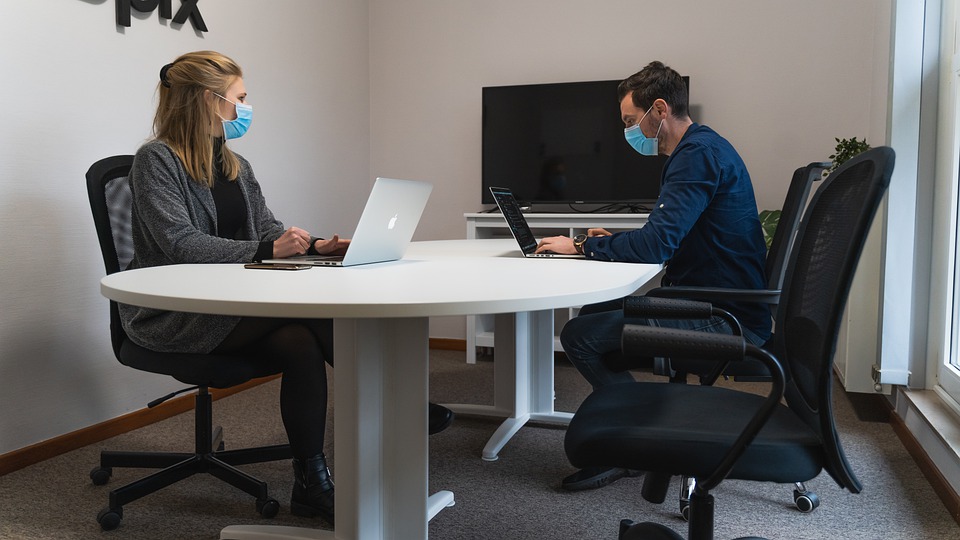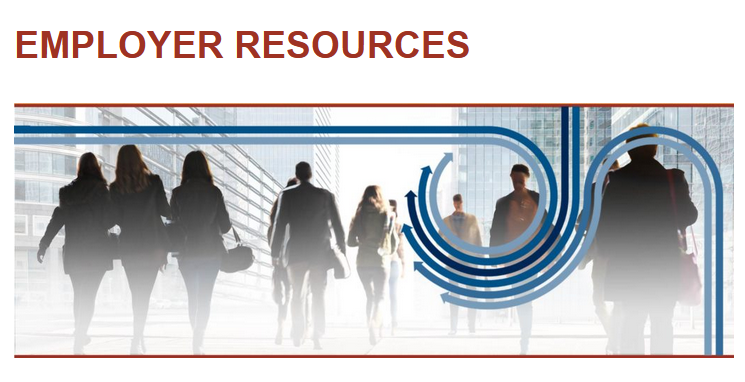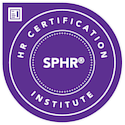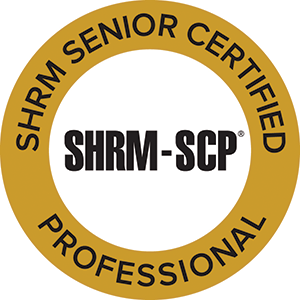In my last article I discussed the importance of being flexible in your planning as you begin to bring employees back into the office. Consider each individual’s situation and co-create a solution that works for you both. This will help with employee relations and may help retain talent that you can’t afford to lose – especially in the current labor-shortage environment.
It’s also important to ensure that you are following the latest public health guidelines so that employees will feel safe when they come into the office. Due to the recent surge in COVID-19 cases and hospitalizations resulting from the Delta variant, health officials are revising their guidelines again.
Additionally, many employers, including Google, Facebook and Twitter, are delaying their return-to-work plans and requiring vaccinations. Amazon, Wells Fargo and ride service companies Uber and Lyft are among many other companies delaying bring employees back into the office. Tyson Foods will require all U.S. employees to be vaccinated. Delta and United Airlines will also require employees to show proof of vaccination before returning to work.
Across the Bay Area, health officials are reinstating a mask mandate. For example, the Santa Clara County Department of Public Health is now requiring face coverings for all persons, regardless of vaccination status, when indoors except when:
- They are in their own residence, working in an office alone, or with members of their household.
- They are actively performing an activity that cannot be done wearing a face covering.
- They are specifically exempted from use of face coverings by the California Department of Public Health.
The Santa Clara County Health Officer also urges all businesses and governmental entities to:
- Implement mandatory vaccination requirements for all personnel.
- Move operations and activities outdoors where possible, and/or maximize ventilation.
- Prohibit personnel who are not fully vaccinated from engaging in travel to places with elevated rates of COVID-19.
- Require all personnel not fully vaccinated to obtain frequent testing.
- Require that any person, vaccinated or unvaccinated, who has COVID symptoms be tested immediately.
We are currently experiencing in this country what’s being called the Great Resignation. People are leaving their jobs in droves and one of many the reasons is fear of going back to an unsafe workplace. Be sure you are following the current protocols and communicating that to employees to eliminate “safety” as a reason for them move on.
Next month I’ll discuss best practices around retention and what you can do to proactively retain your talent.












